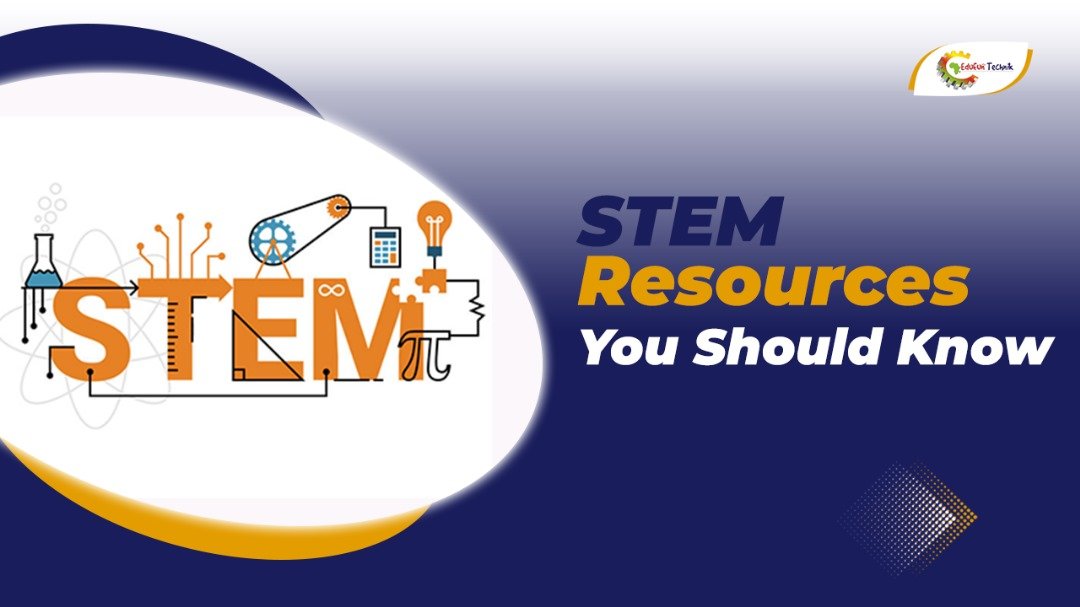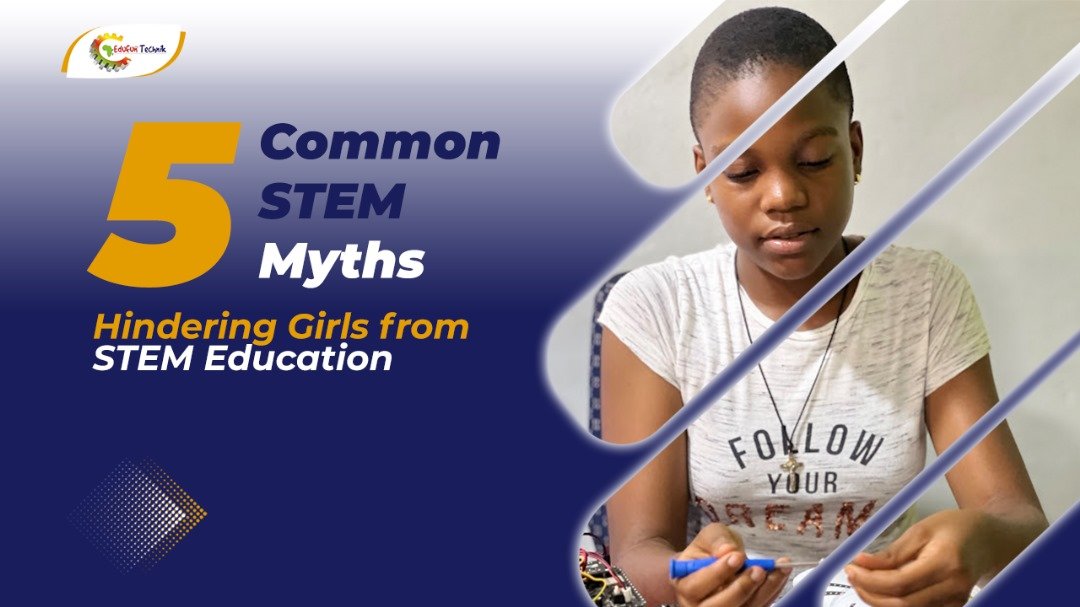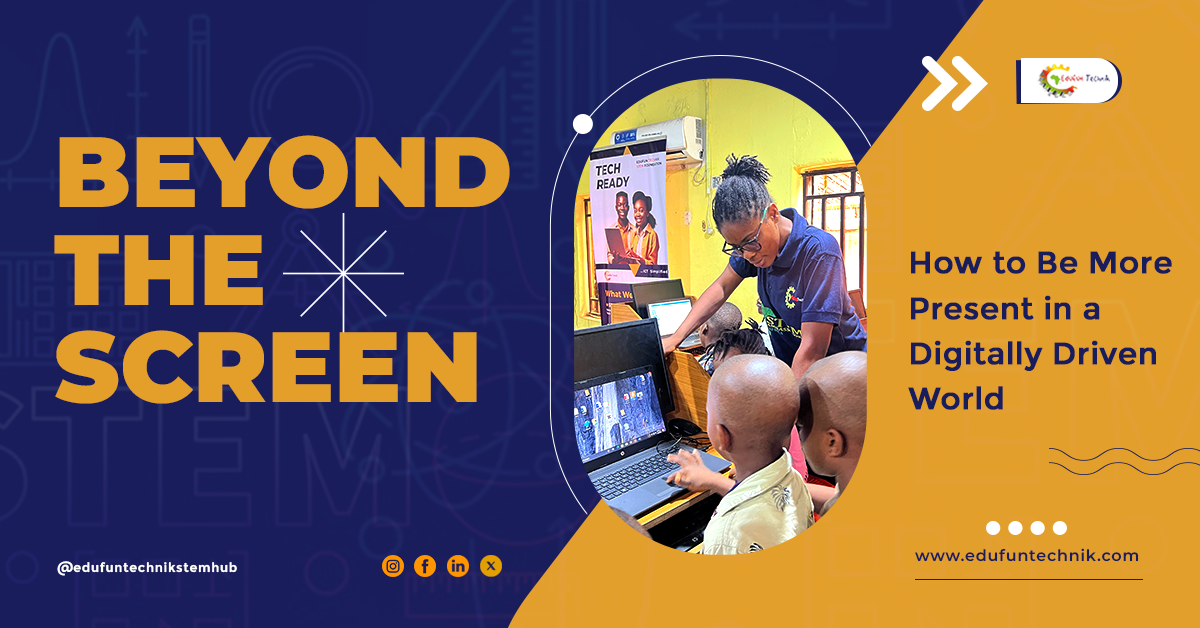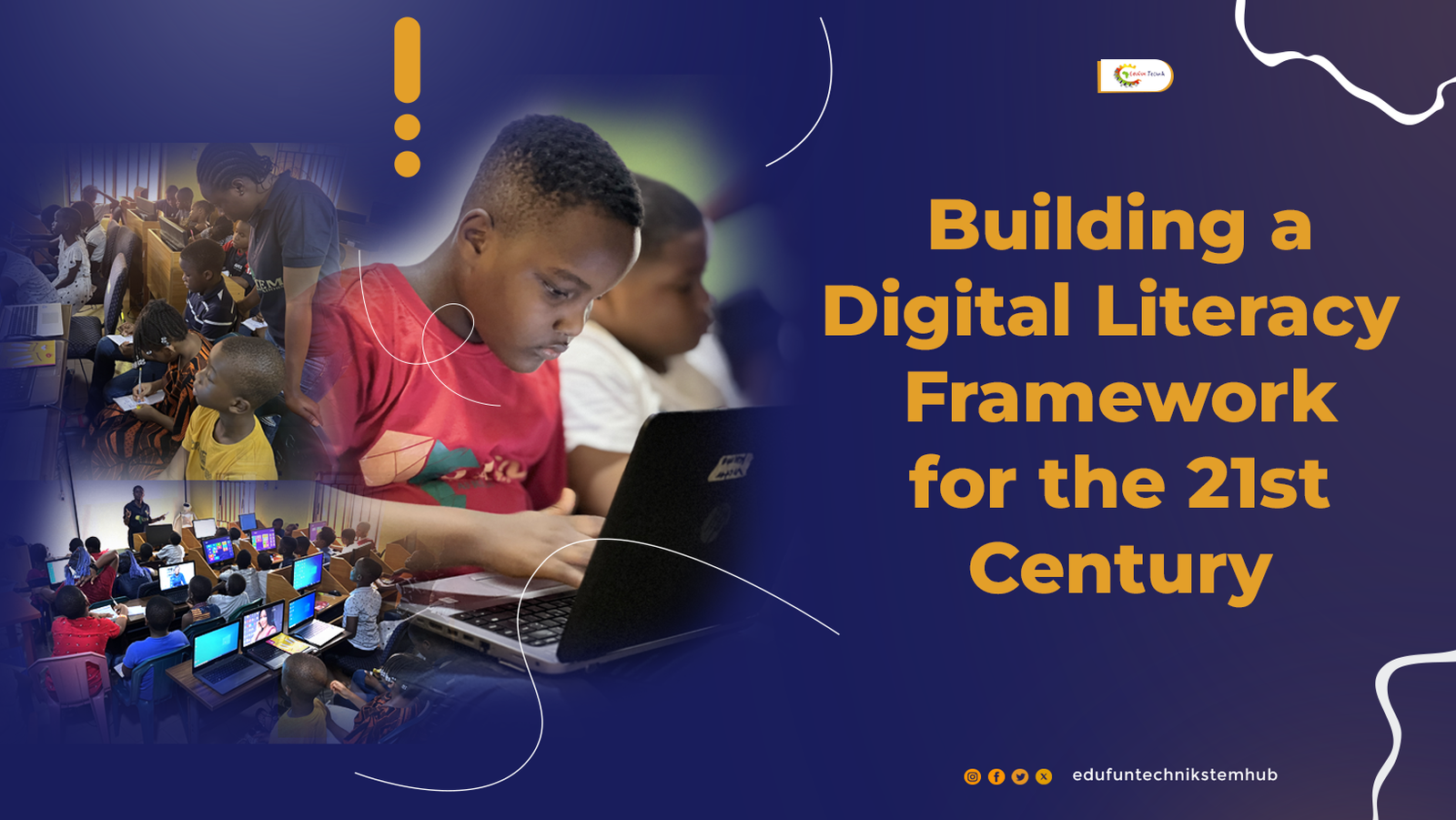Coding is a powerful tool that unlocks creativity and problem-solving skills in children. It has become an essential skill akin to reading and writing; which means children can be introduced to the world of programming through some fun and engaging coding languages which are just perfect for them.
Surprisingly, children can start learning to code at a young age, and the right age to begin can depend on various factors, including the child’s interest level, cognitive development, and the complexity of the programming language or tools used.
Early Exposure (Ages 5-7): At this age, children can begin with visual programming languages like ScratchJr or Blockly, which use blocks of code that kids can drag and drop to create simple programs. These tools are designed to introduce basic coding concepts in a fun, engaging, and age-appropriate way, without the need for advanced reading or math skills.
Building Foundations (Ages 8-10): As children grow older and their reading and math skills develop, they can move on to more advanced block-based programming languages like Scratch. These languages still focus on visual learning but introduce more complex concepts and allow for more creative and sophisticated projects.
Transition to Text-Based Coding (Ages 11 and up): Pre-teens and teenagers can start learning text-based programming languages. Languages like Python, which is known for its readability, or HTML and JavaScript for web development, are good options. These languages require more advanced reading and logical thinking skills and can offer a deeper understanding of coding concepts.
Specialized Learning (Teenage years): As kids enter their teenage years, they can explore more specialized areas of coding based on their interests, such as game development, mobile app development, or data science.
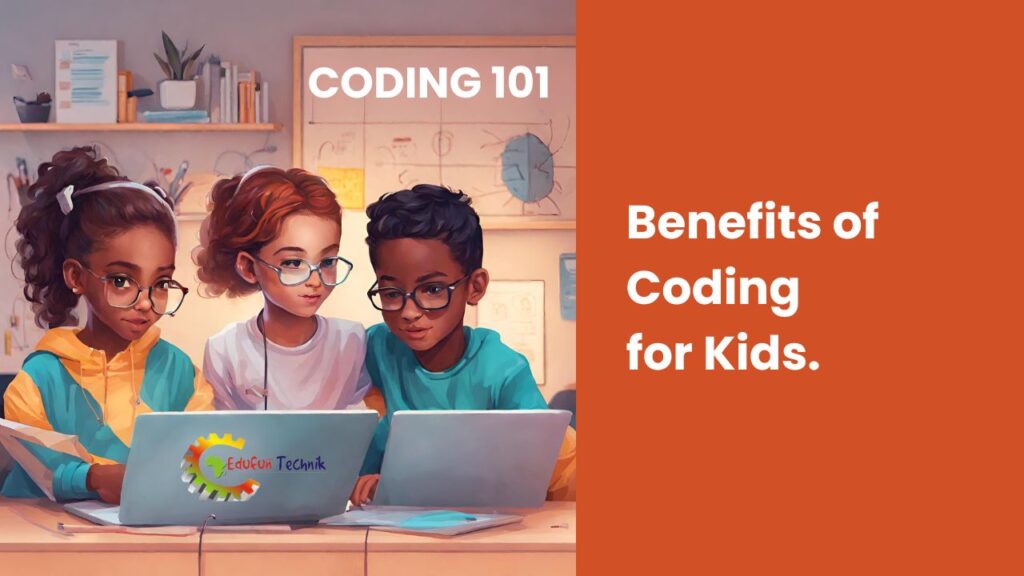
1. Enhances Problem-Solving Skills
- Critical Thinking: Coding teaches kids to think abstractly and approach problems systematically. By learning to code, they learn to analyze a problem and logically organize their thoughts to find a solution.
- Real-World Applications: These problem-solving skills are not just limited to programming but are applicable in real life, helping children tackle various challenges with a structured approach.
2. Fosters Creativity
- Innovation and Design: Coding is an outlet for creative expression. Kids can build unique digital worlds, animate stories, or design interactive games, translating their imagination into digital creations.
- Artistic Freedom: Unlike many traditional subjects, coding offers endless possibilities for creative ideas, encouraging kids to experiment and innovate.
3. Prepares for the Future
- Career Readiness: With the tech industry growing rapidly, coding skills open up numerous career paths in areas like software development, data science, and more.
- Digital Literacy: Understanding the basics of coding is becoming as fundamental as reading and writing. It prepares kids for a future where digital literacy is crucial.
4. Encourages Resilience
- Learning from Failure: In coding, encountering bugs and errors is common. Kids learn that failure is a part of the learning process, teaching them resilience and grit.
- Iterative Process: They learn the importance of revising and improving their work, a valuable lesson in persistence and determination.
5. Promotes Collaboration
- Teamwork and Communication: Coding projects often require collaboration. Kids learn to work in teams, share ideas, and communicate effectively.
- Community and Sharing: Many coding platforms for kids have a community aspect, where they can share their projects and learn from peers, fostering a sense of community and collaborative learning.

1. Scratch: Unleashing Creativity and Logic.
Developed by MIT, Scratch is a visual programming language that allows kids to create games, animations, and stories by dragging and dropping code blocks. Its user-friendly interface makes it ideal for beginners, sparking creativity and logical thinking.
- User Experience: Scratch’s visual interface is designed specifically for young learners. Kids can visually see the results of their code, making it easier to understand the cause and effect of their actions.
- Learning Curve: Ideal for ages 8 and up, Scratch simplifies complex programming concepts. It focuses on logical thinking and creativity, rather than syntax.
- Community: Scratch has a vast online community where kids can share their projects, get inspiration, and learn from peers.
2. Blockly: A Stepping Stone to Advanced Coding.
Google’s Blockly offers a similar drag-and-drop coding experience to Scratch, teaching programming concepts through games and puzzles. It’s an excellent stepping stone towards text-based programming.
- Interactive Learning: Blockly uses games and puzzles to teach fundamental coding concepts, making learning engaging and interactive.
- Transition to Text-based Coding: It prepares kids for more advanced programming languages, offering a smooth transition from block-based to text-based coding.
3. Python: A Gateway to Professional Programming.
Known for its simplicity and readability, Python is a great language for kids ready to transition to text-based coding. Its syntax is straightforward, making it easier for kids to focus on learning programming concepts.
- Simplicity: Python’s simple syntax resembles everyday English, making it an excellent language for kids to start learning text-based coding.
- Versatility: It’s used professionally in various fields, from web development to data science, offering a glimpse into real-world applications.
4. JavaScript: The Language of the Web.
For kids interested in web development, JavaScript is a fantastic choice. It’s the backbone of web interactivity, allowing young coders to create interactive websites and games.
- Web Development: JavaScript is essential for creating interactive websites. Learning it allows kids to understand and participate in the world of web development.
- Project-Based Learning: Through JavaScript, kids can work on projects like interactive websites and online games, seeing the immediate impact of their code.
5. Tynker: Blending Fun with Education.
Tynker offers a blend of block-based and text-based coding, making it suitable for various age groups. It provides a fun, interactive platform for kids to learn coding through storytelling and game design.
- Adaptable Learning Paths: Tynker caters to different age groups with a mix of block-based and text-based coding, offering a personalized learning experience.
- Creative Projects: It encourages kids to learn through storytelling and game design, fostering both coding skills and creativity.
6. Swift Playgrounds: Coding for the Apple Ecosystem.
Apple’s Swift Playgrounds teaches Swift, a powerful language used to build iOS apps. Its interactive and fun approach makes learning to code a delightful experience for kids.
- Interactive App Development: Swift Playgrounds teaches Apple’s Swift language in a fun, interactive way, allowing kids to create real iOS apps.
- Intuitive Interface: Its engaging and intuitive interface keeps learning light-hearted and fun, making complex concepts more accessible.
7. Alice: A 3D Programming Adventure.
Developed by Carnegie Mellon University, Alice uses 3D animations to teach object-oriented programming. It’s a visually engaging way for kids to learn about complex programming concepts.
- Visual Storytelling: Alice uses 3D animations to teach object-oriented programming, appealing to kids who are visual learners.
- Complex Concepts Simplified: It introduces advanced concepts like object-oriented programming in a way that’s understandable and engaging for kids.
The key to teaching kids to code is to keep it fun and engaging. The goal is to spark an interest in technology and problem-solving, not necessarily to make them proficient programmers from a young age. With many educational platforms and tools designed to introduce coding in a playful manner, coding is accessible and enjoyable for children of various ages. Collectively, we can nurture this generation of digital natives to not just be consumers of technology, but creators and innovators who shape the future.
Additional Resources – Books
- “Coding for Kids: Scratch” by Matthew Highland
- A fantastic resource for young learners to dive into Scratch coding.
- “The Official ScratchJr Book” by Mitchel Resnick
- Developed by a professor from the MIT Media Lab, this book is great for younger kids starting with Scratch.
- “Scratch Programming for Beginners: A Kid’s Guide to Coding Fundamentals” by Raina Burditt
- A beginner-friendly guide to learning the fundamentals of coding with Scratch.
Additional Resources – Websites
- Create & Learn
- Offers a wide range of free and paid coding websites for kids, providing interactive and engaging learning experiences.
- Tynker
- Provides online coding classes and games for children, supporting real-world text languages like Python and JavaScript.
- Code.org
- A comprehensive resource that includes interactive tutorials and projects for kids, covering block coding and languages like JavaScript, HTML, and CSS.


